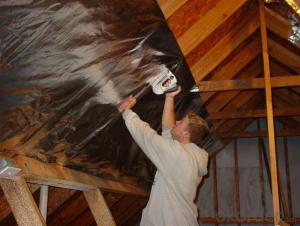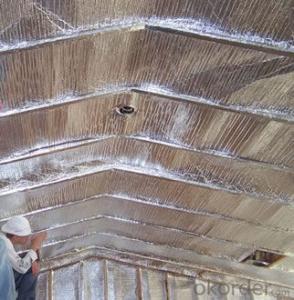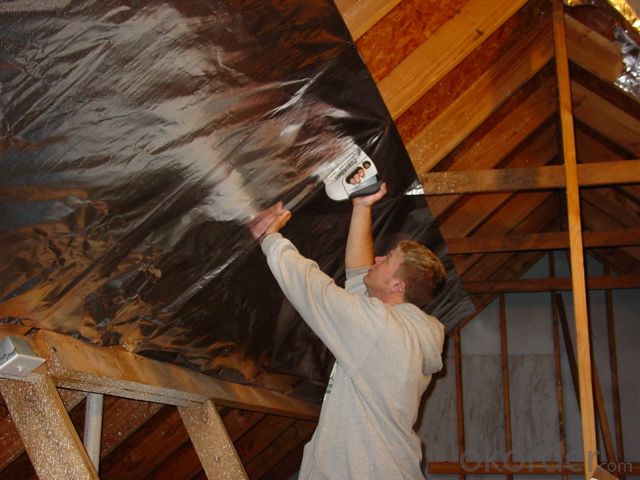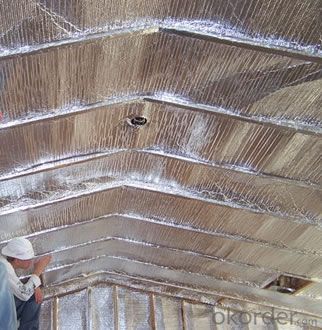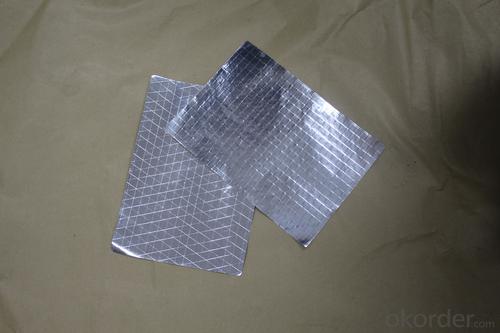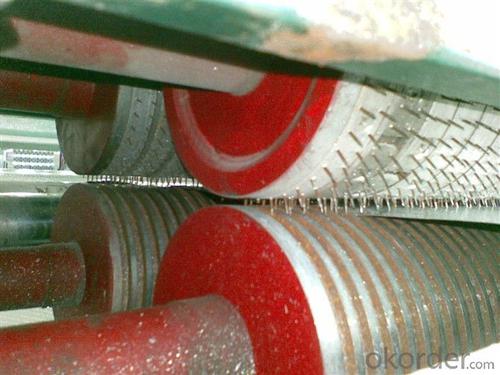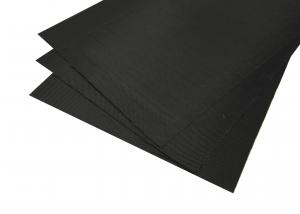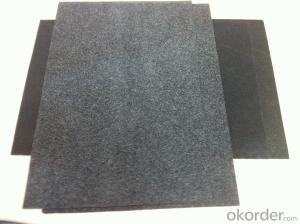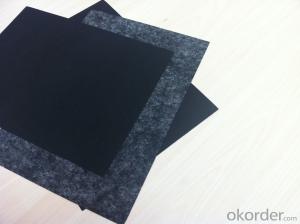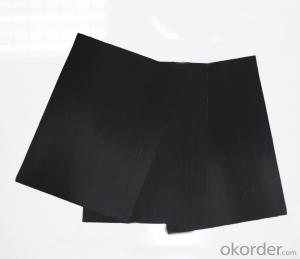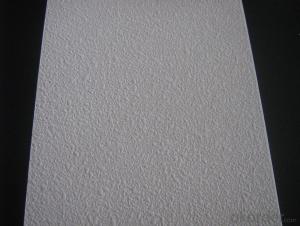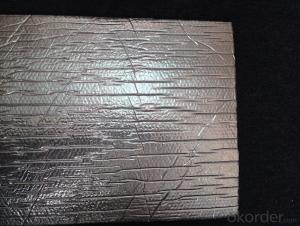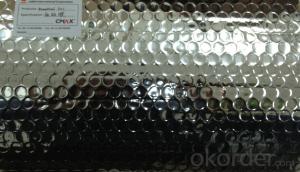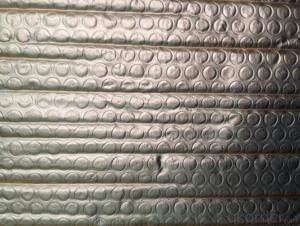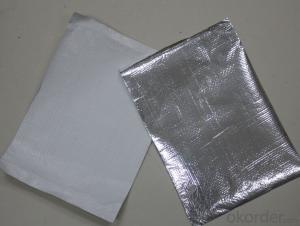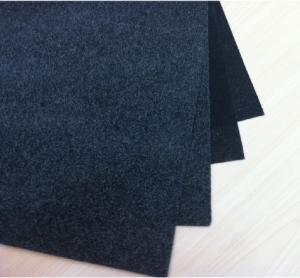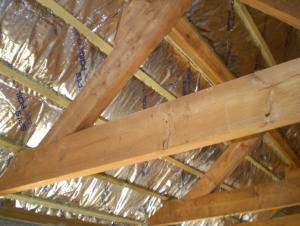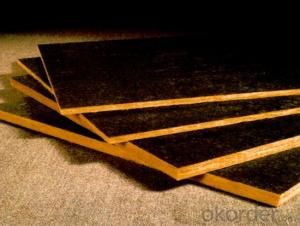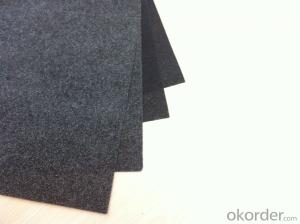Flexible Ducts Bubble with Fiberglass Facing
- Loading Port:
- China Main Port
- Payment Terms:
- TT OR LC
- Min Order Qty:
- -
- Supply Capability:
- -
OKorder Service Pledge
OKorder Financial Service
You Might Also Like
Application:
1,Building Thermal Insulation Material
(1),Roof,Underlay,Under Concrete & floor Insulation;
(2),Attic,Crawl Space,Stud Wall ,Metal Frame Building Insulation.
2,Wrapping
(1),Protective coatings of ventilating pipe,HVAC Duct & Pipe;
(2),Shells of air conditioner and water heater.
Feature:
1), Waterproof, heavy duty, clean, light, flexible, non-absorbent surface
2), Fire resistant & antiglare
3), Recyclable, environmentally friendly
4), Effective in extreme temperatures both hot and cold
5), Easily install, cut, stapled, nailed or glued into place
6), Safe to handle with no special clothing or breathing Equipment
Feature:
1), Waterproof, heavy duty, clean, light, flexible, non-absorbent surface
2), Fire resistant & antiglare
3), Recyclable, environmentally friendly
4), Effective in extreme temperatures both hot and cold
5), Easily install, cut, stapled, nailed or glued into place
6), Safe to handle with no special clothing or breathing Equipment
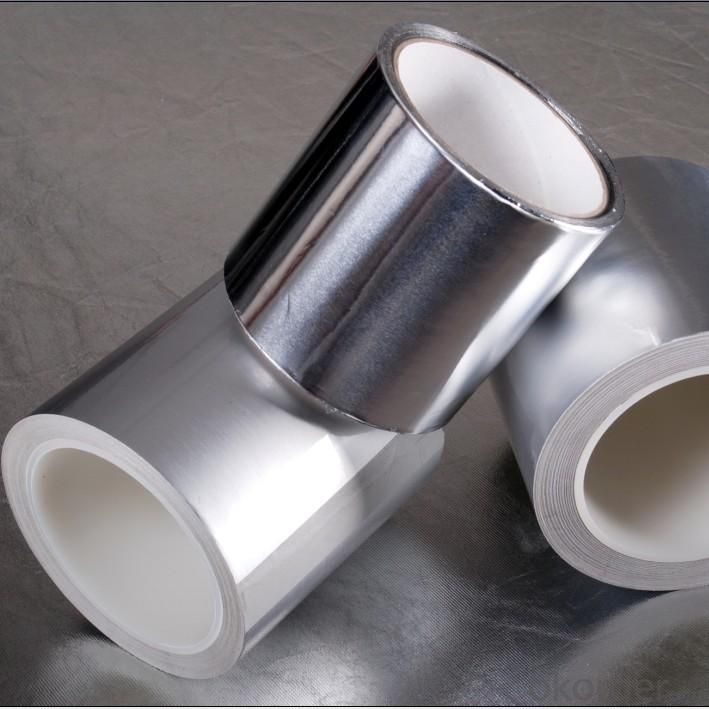

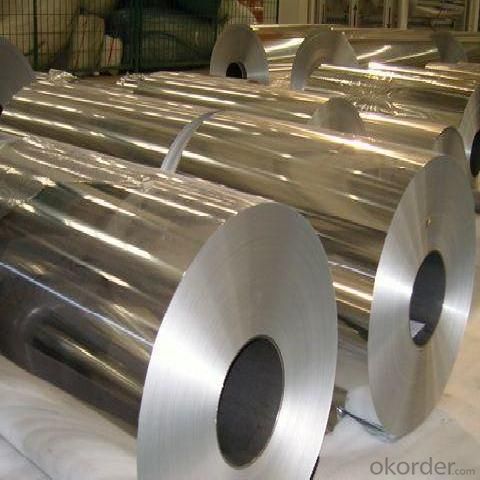
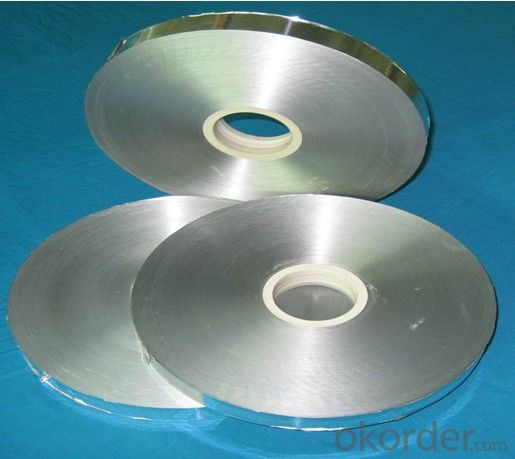
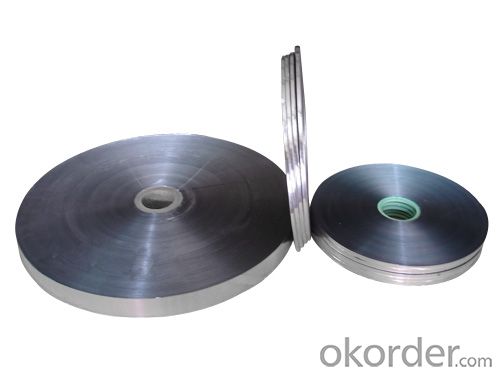
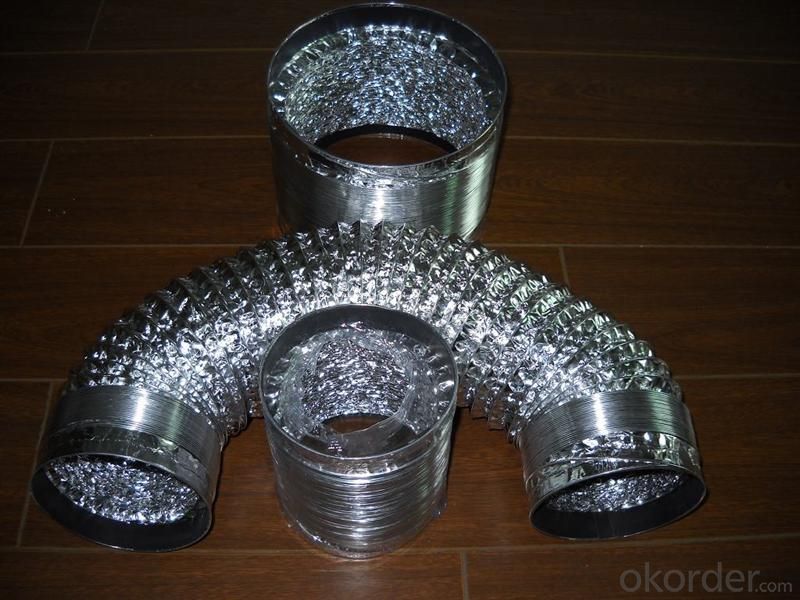
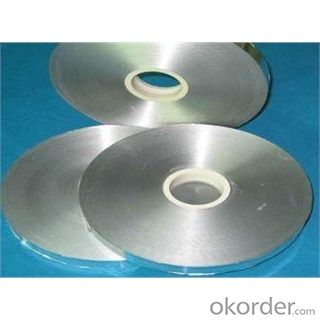
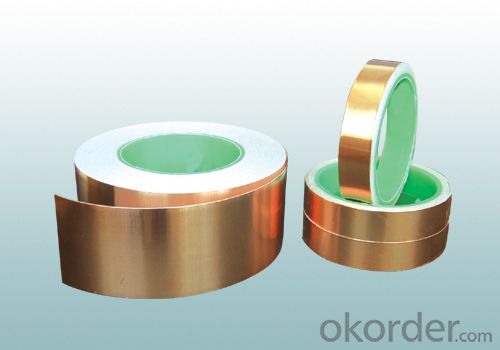

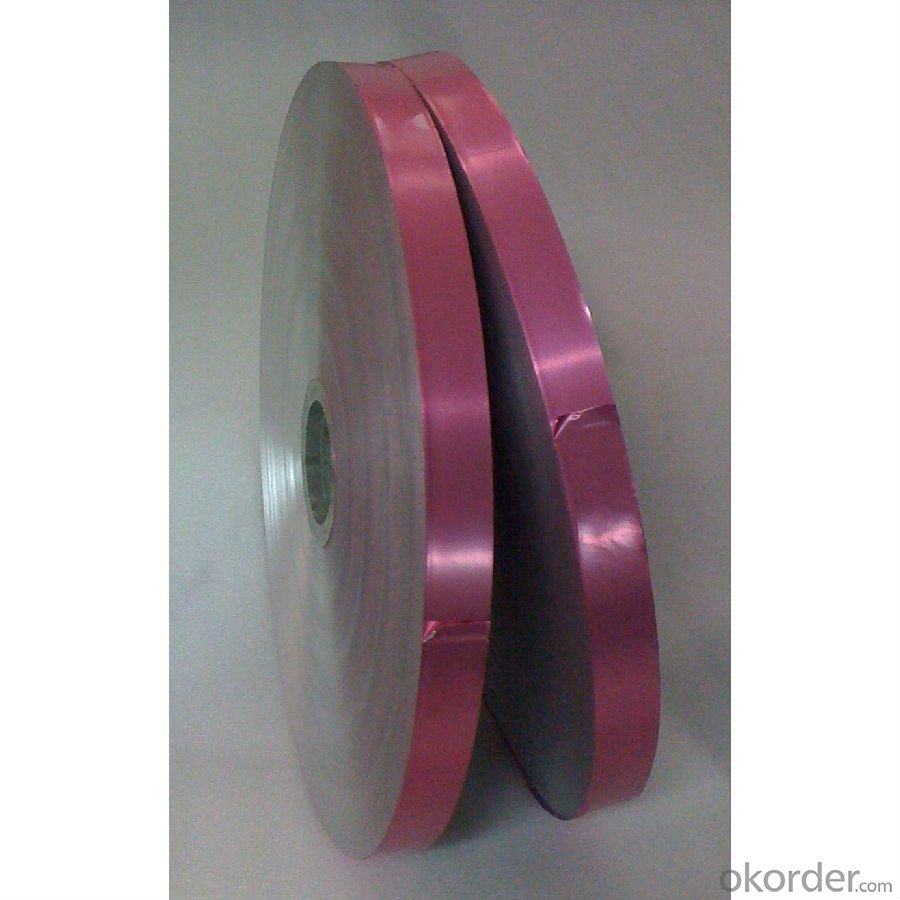
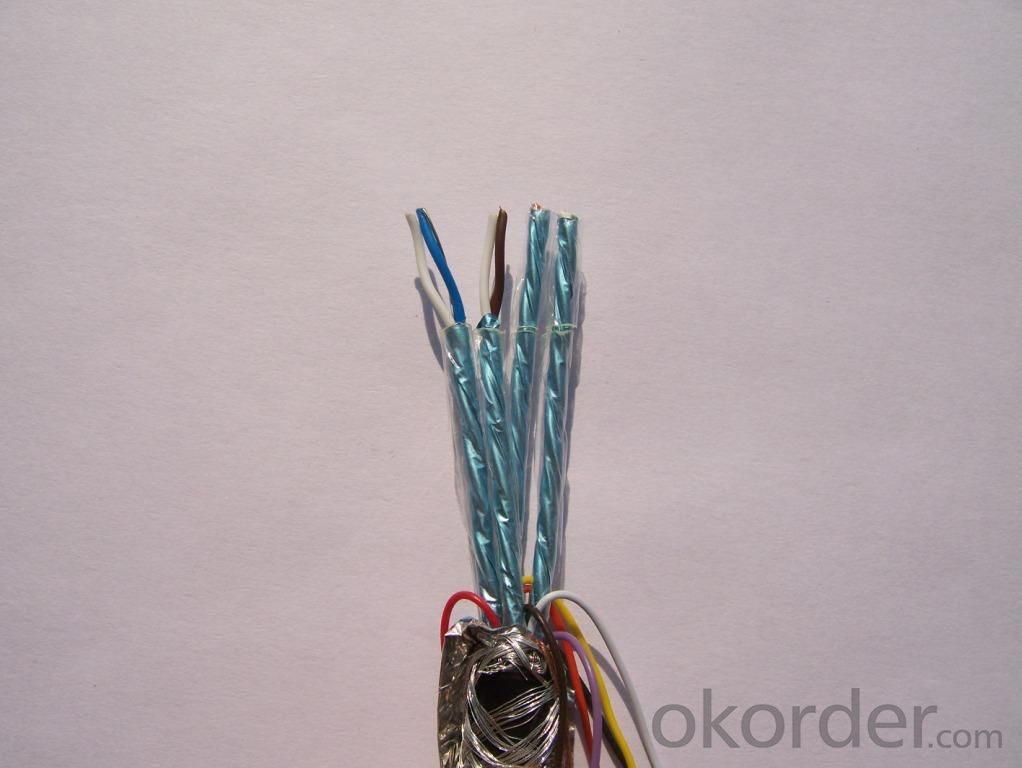
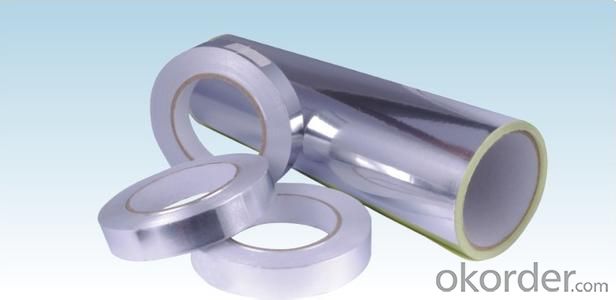
- Q: Is it possible to utilize black fiberglass tissue as a material that is resistant to fire?
- <p>Yes, black fiberglass tissue can be used as a fire-resistant material. Fiberglass, which is made of glass fibers, is naturally resistant to fire due to its non-flammable nature. It does not burn and can withstand high temperatures without melting, making it an effective insulator against heat. The black color does not affect its fire-resistant properties, and it is often used in construction and industrial applications where fire safety is a concern.</p>
- Q: The user is asking if there are any health risks associated with regular use of black fiberglass tissue.
- <p>Regular use of black fiberglass tissue could potentially be harmful to your health. Fiberglass is made of fine glass fibers that can be inhaled or come into contact with skin, potentially causing irritation or more serious health issues. Prolonged exposure may lead to respiratory problems, skin irritation, and in some cases, more severe conditions like mesothelioma. It's advisable to handle fiberglass with care, using protective gear, and to limit exposure as much as possible. Always refer to the material safety data sheet (MSDS) for specific health and safety information regarding the product you're using.</p>
- Q: Is it possible to utilize black fiberglass tissue in the creation of garments?
- <p>While it is technically possible to use black fiberglass tissue for clothing, it is not a common practice due to its rigidity and lack of flexibility. Fiberglass is typically used in construction and insulation applications. For clothing, materials that are soft, breathable, and flexible are preferred. If you're looking for a durable fabric, consider alternatives like Kevlar or other synthetic fibers designed for clothing.</p>
- Q: What is the tensile strength of black fiberglass tissue?
- <p>The tensile strength of black fiberglass tissue can vary depending on the specific type and manufacturing process. Generally, it ranges from 500 to 3000 MPa (or 72,500 to 435,000 psi). This high tensile strength makes it suitable for applications requiring high strength-to-weight ratios, such as in construction, automotive, and aerospace industries. It's important to note that the exact tensile strength should be obtained from the manufacturer's specifications for the specific product in question.</p>
- Q: This question asks about the positive environmental impacts associated with the use of black fiberglass tissue.
- <p>The environmental benefits of using black fiberglass tissue include its high resistance to UV radiation, which prolongs its lifespan and reduces waste. It's also lightweight, reducing transportation emissions. Black fiberglass tissue is often used in solar panel backings, aiding in energy production and reducing reliance on fossil fuels. Additionally, it's recyclable, contributing to a circular economy and reducing landfill waste. Its durability and resistance to harsh weather conditions also mean fewer replacements are needed, further minimizing environmental impact.</p>
- Q: Can black fiberglass tissue withstand high-temperature conditions?
- <p>Black fiberglass tissue, also known as black glass fiber cloth, is designed to withstand high temperatures. It is made from glass fibers that have been coated with a black resin, which enhances its heat resistance. This material can be used in environments with temperatures up to 500掳C (932掳F) or even higher, depending on the specific type and treatment of the fiberglass. It is commonly used in applications such as insulation, thermal protection, and reinforcement in high-temperature industrial settings. However, it's important to note that prolonged exposure to very high temperatures can degrade the material over time, so it's crucial to consider the specific temperature range and duration for your application.</p>
- Q: Is it possible to utilize glass fiber paper as an insulating material within air conditioning systems?
- <p>Yes, glass fiber paper can be used for insulation in air conditioning systems. It is known for its high heat resistance, good thermal insulation properties, and resistance to moisture, making it suitable for maintaining the efficiency of air conditioning systems by reducing heat transfer. However, it's important to ensure that the glass fiber paper used meets the specific requirements for air conditioning applications, such as being non-flammable and resistant to the chemicals and conditions present in these systems.</p>
- Q: Is it possible to utilize black fiberglass tissues for domestic cleaning purposes?
- <p>Black fiberglass tissues are not typically recommended for household cleaning tasks. Fiberglass, especially when in a loose or frayed state, can be abrasive and may scratch surfaces. It can also leave behind fibers that are difficult to remove. For cleaning, it's better to use materials specifically designed for the purpose, such as microfiber cloths, which are gentle on surfaces and effective at picking up dirt and dust without scratching.</p>
- Q: Is it safe to use black fiberglass tissue for food packaging purposes?
- <p>Black fiberglass tissue is not suitable for food packaging. Food packaging materials must be non-toxic and safe for contact with food. Fiberglass, regardless of color, is a type of glass fiber reinforced plastic that can be harmful if ingested or inhaled. It's important to use materials specifically designed for food contact, such as food-grade plastics, paper, or certain types of metal, which are tested and approved for safety in food packaging.</p>
- Q: Is it possible to utilize black fiberglass tissue as a material for creating a floor mat?
- <p>Yes, you can use black fiberglass tissue to make a floor mat. Fiberglass is known for its strength and durability, making it a suitable material for various applications, including floor mats. However, it's important to ensure that the mat is properly treated to be non-slip and comfortable to walk on. Fiberglass can be abrasive and may not provide the softness or cushioning that some users prefer. Additionally, consider the aesthetic appeal and whether the black color is appropriate for your intended use. Always follow safety guidelines when working with fiberglass to avoid skin and respiratory irritation.</p>
Send your message to us
Flexible Ducts Bubble with Fiberglass Facing
- Loading Port:
- China Main Port
- Payment Terms:
- TT OR LC
- Min Order Qty:
- -
- Supply Capability:
- -
OKorder Service Pledge
OKorder Financial Service
Similar products
Hot products
Hot Searches
Related keywords
